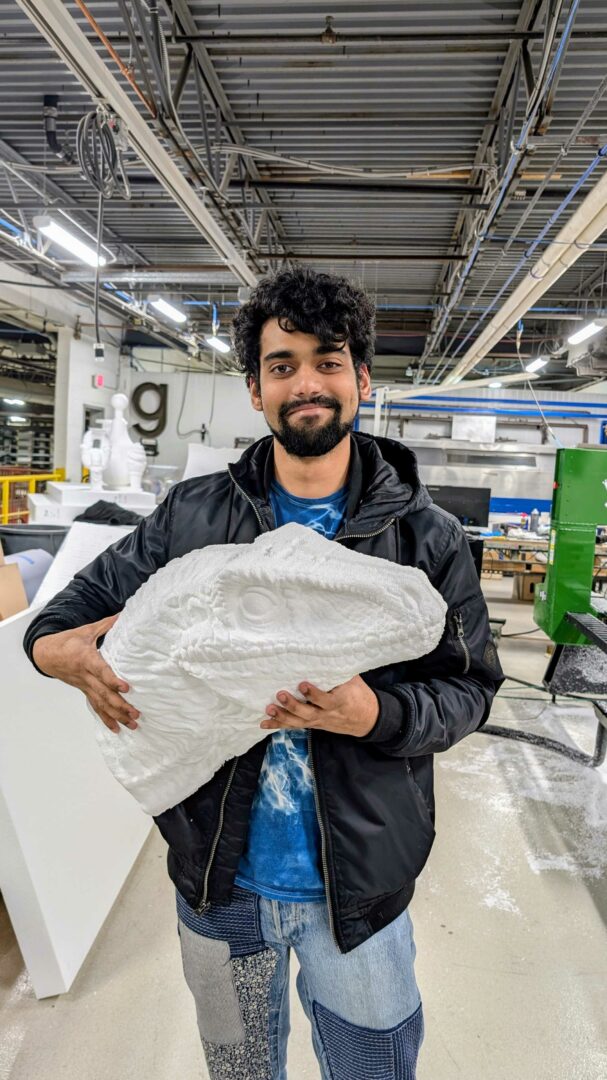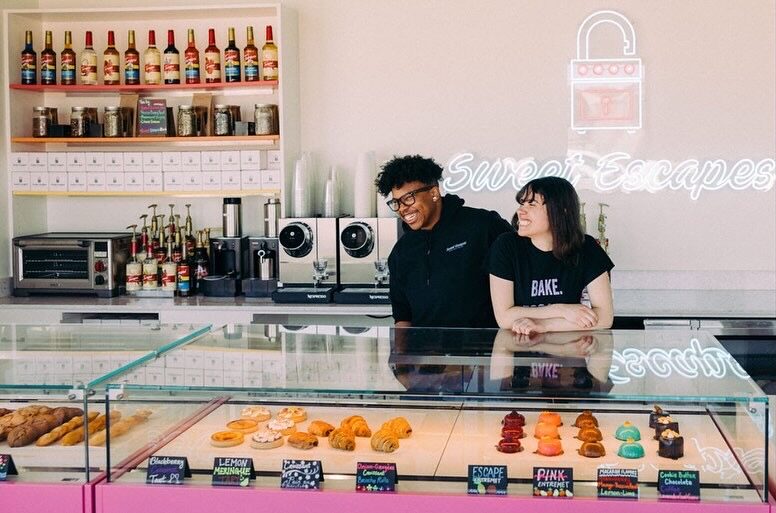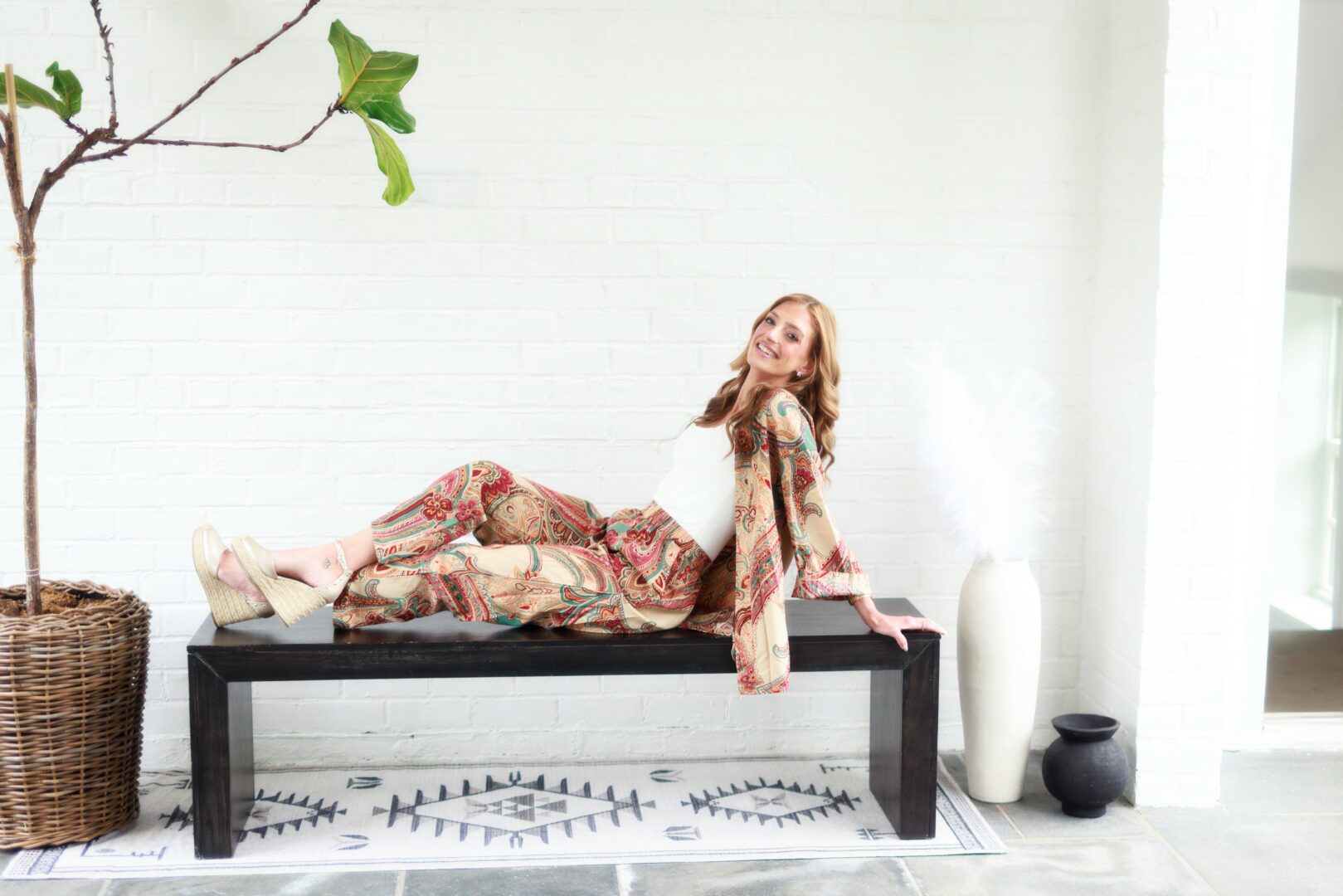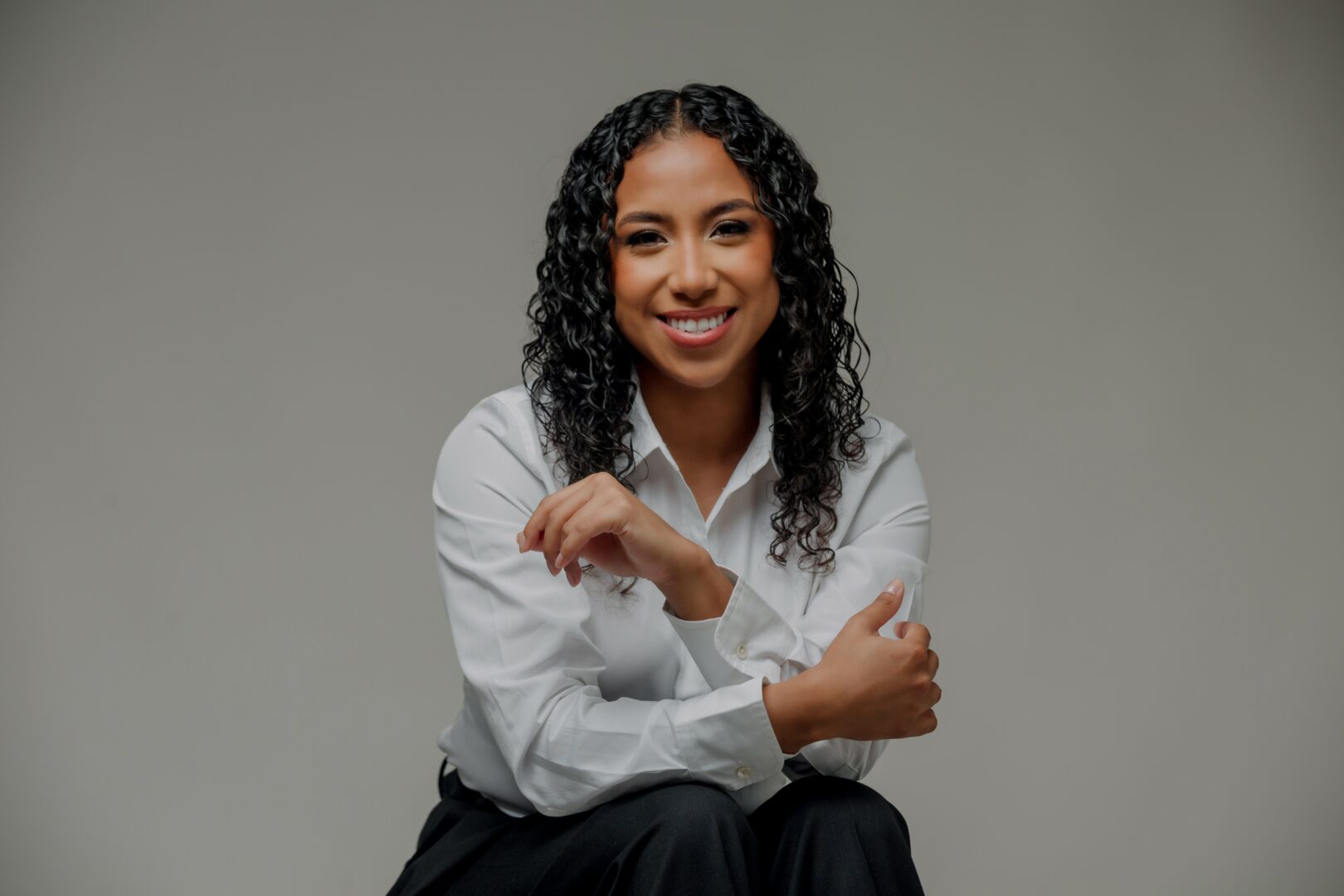We were lucky to catch up with Gaurav Dua recently and have shared our conversation below.
Gaurav, thank you so much for taking the time to share your lessons learned with us and we’re sure your wisdom will help many. So, one question that comes up often and that we’re hoping you can shed some light on is keeping creativity alive over long stretches – how do you keep your creativity alive?
I try to keep my creativity alive by always staying connected to my own ideas outside of work. My job keeps me creatively engaged, but it’s those personal side projects and quiet moments of exploration that really recharge me. Sketches, notes, random thoughts, even fragments of ideas that don’t make sense yet. It’s become a habit to collect them, almost like keeping a personal archive of inspiration that I can revisit later when something clicks.
Sometimes creativity for me comes from simply observing textures, light, materials, or even how people interact with spaces. Other times it’s through experimenting, making something small just for the sake of making it. Those unfiltered, self-driven moments are what keep me grounded and excited about design.
Working on my own ideas reminds me why I started doing this in the first place. It’s not just about solving problems but about curiosity, exploration, and finding joy in the process of creating something new.

Thanks for sharing that. So, before we get any further into our conversation, can you tell our readers a bit about yourself and what you’re working on?
I’m a designer and fabricator working at the intersection of architecture, set design, and digital fabrication. My work focuses on turning creative concepts into physical environments that tell stories and immerse people in a space.
What excites me most is the blend of creativity and precision — experimenting with materials, construction techniques, and emerging technologies. Lately, I’ve been exploring how AI can become a genuine part of the creative process. I’m developing workflows that integrate AI with fabrication to design and build more efficiently and sustainably, without losing the artistry that defines the work.
For me, the most exciting part of being in this field is how it constantly evolves — every project presents a new challenge, a new collaboration, and an opportunity to push the limits of what can be made.

Looking back, what do you think were the three qualities, skills, or areas of knowledge that were most impactful in your journey? What advice do you have for folks who are early in their journey in terms of how they can best develop or improve on these?
Looking back, the three qualities that have shaped my journey most are adaptability, technical understanding, and collaboration.
Adaptability has been essential. In set design and fabrication, every project comes with new challenges — different materials, timelines, and creative expectations. Staying open and flexible has helped me grow and find unexpected solutions along the way.
Technical understanding has also played a huge role. My background in architecture gave me a foundation in precision and structure, but diving deeper into digital fabrication, emerging AI tools, and workflow research has expanded how I approach design. I’m fascinated by how technology can enhance creativity — helping us work faster, prototype smarter, and push the limits of what can be made.
And above all, collaboration. Working with designers, builders, and artists from different disciplines has taught me that the best ideas come from shared problem-solving and experimentation.
For anyone starting out: stay curious, explore new tools, and learn by doing.

What has been your biggest area of growth or improvement in the past 12 months?
Over the past year, my biggest area of growth has been in adapting to the pace and demands of the set design industry while integrating new technologies, especially AI, into my workflows. Set design is fast-paced, collaborative, and constantly evolving, and learning to navigate that environment has required developing skills in problem-solving, quick decision-making, and translating creative visions into buildable, practical solutions.
At the same time, I’ve been exploring how AI and other emerging tools can complement these skills — helping me prototype faster, experiment with ideas, and visualize solutions in ways that weren’t possible before. Balancing the speed and adaptability that the industry demands with thoughtful, intentional design has been a rewarding challenge, and it’s taught me a lot about how technology, craft, and creativity can work together to push projects further.
Contact Info:
- Website: https://red-paolina-47.tiiny.site
- Instagram: https://www.instagram.com/gaurav.dua.731?igsh=MXJzZWd3ZHdxa2Q2bA==
- Linkedin: https://www.linkedin.com/in/gaurav-dua-136a94298?utm_source=share&utm_campaign=share_via&utm_content=profile&utm_medium=android_app



Image Credits
Ensamble studio/Dezeen (last image)
so if you or someone you know deserves recognition please let us know here.




